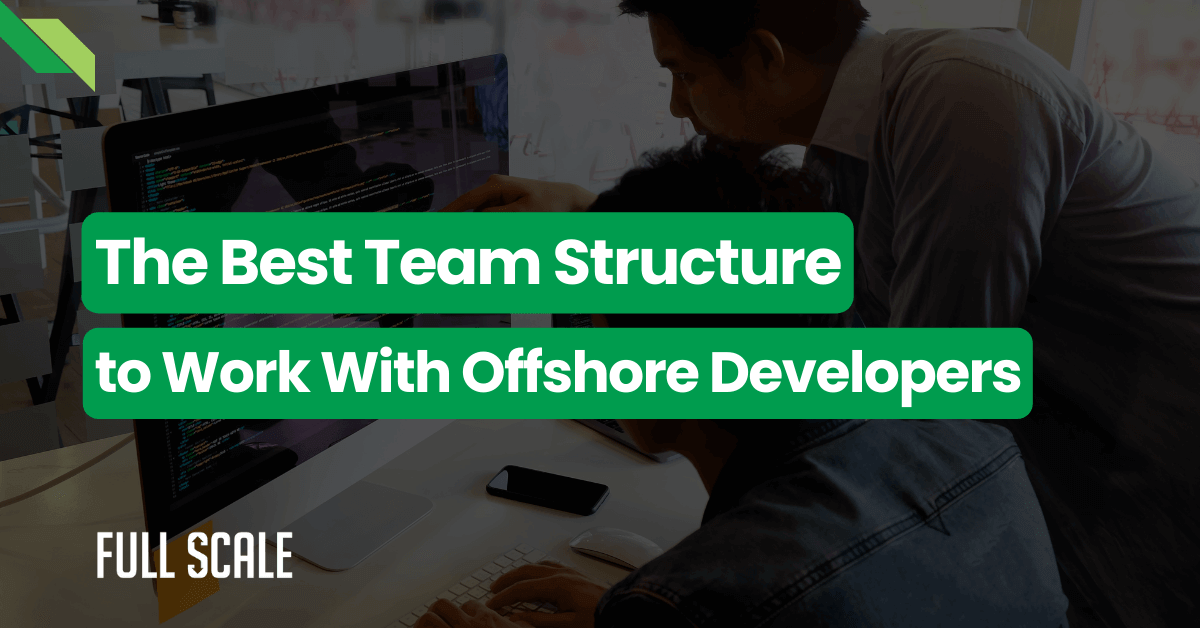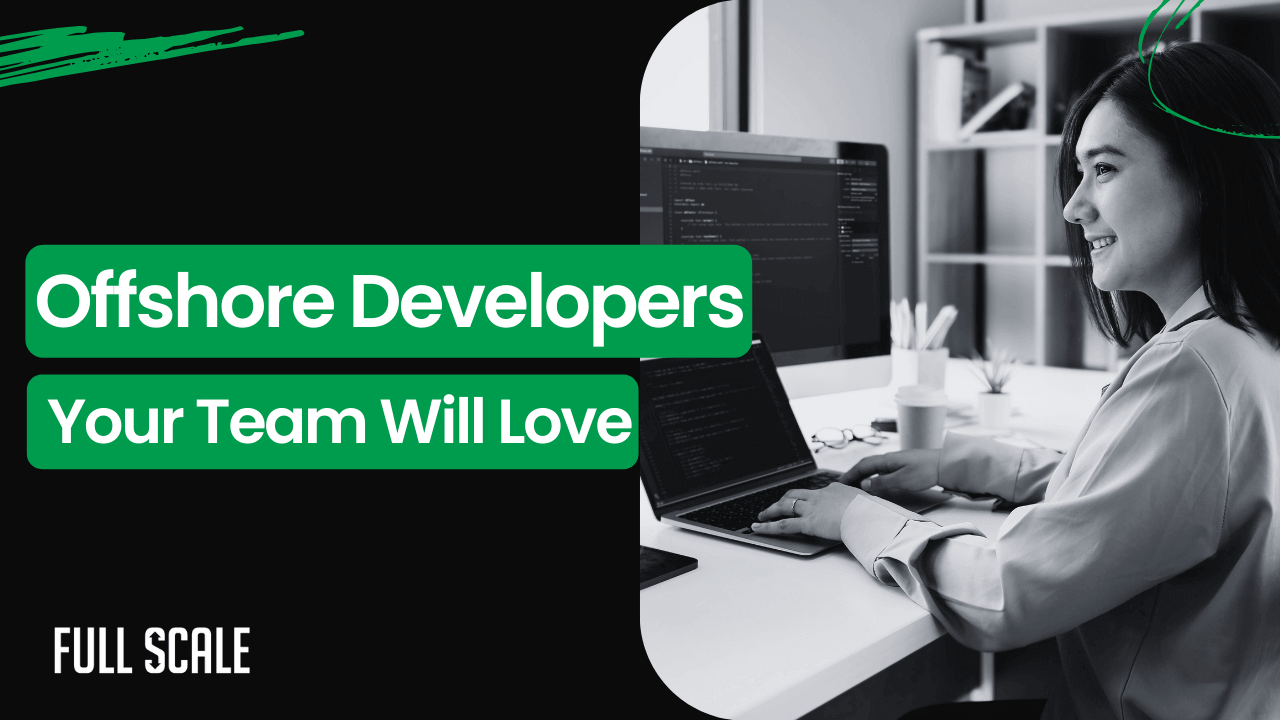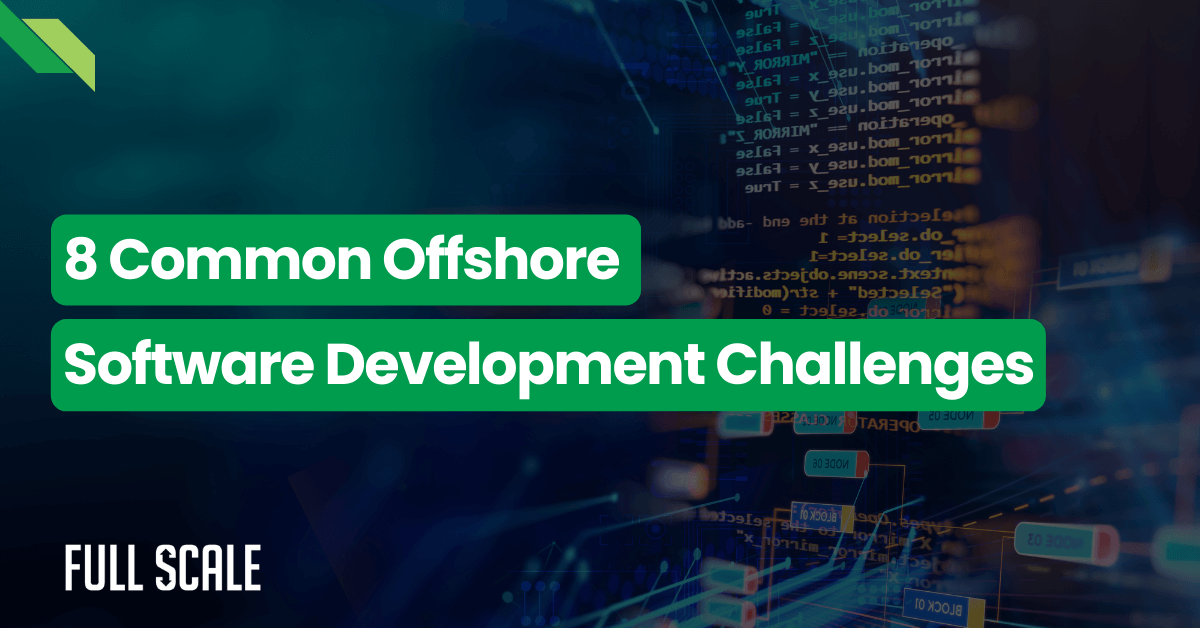Every January, CTOs make the same resolution: “This year, I’ll hit my Q1 goals.” By March, they’re explaining why Q1 slipped to Q2.
What This Article Covers
Why January planning always fails
November Advantage Framework
Week-by-week November action plan
73% vs. 41% success rate data
Here’s the brutal truth about CTO Q1 planning: if you’re starting in January, you’ve already lost. The CTOs who were crushing their goals started planning eight weeks ago.
When should CTOs start planning for Q1? November. Here’s why:
- Senior developer hiring takes 60-90 days. Start in November, onboard by January.
- Budget approval cycles run 4-6 weeks. November submissions get January approvals.
- Vendor selection requires 3-4 weeks. November decisions mean January contracts.
- Top talent gets booked in Q4 for Q1. Wait until January and you’re hiring from the reject pile.
- Resource allocation happens in Q4. Miss that window and you’re fighting for scraps.
According to Gartner’s 2024 CTO Survey, 73% of technology leaders who begin CTO Q1 planning before December hit their objectives. Those who start in January? Only 41% succeed.
The November Advantage Framework
A five-step system for CTO Q1 planning that starts eight weeks before Q1 🎯
Define Q1 features, calculate engineering hours, identify specialized skills needed
Share resource requirements with finance before formal requests
Start engineering hiring plan 2025 while candidates are exploring options
Leverage Q4 fiscal calendars for better terms and faster implementation
Communicate Q1 plans throughout November for execution readiness
Result: Team ready January 2 instead of March 1
✅💡 Pro Tip: Each step can be completed in one week, giving you the full eight-week advantage over January planners.
This framework for CTO Q1 planning isn’t a productivity hack. It’s survival.
The January Planning Trap Costs You Eight Weeks
January planning feels productive. Everyone’s back from holidays. Fresh start energy fills the air. That fresh start feeling is costing you millions.
While you’re scheduling kickoff meetings in January, your competitors are executing. They hired their developers in December. Their budgets got approved before the holidays. Their vendors are already integrated.
The January Rush Tax hits three ways:
- Premium talent is already committed elsewhere. Top developers accepted offers in November and December.
- Budget approval delays push hiring to Q2. You’re requesting emergency funds from approved budgets.
- Vendor selection during peak season means higher costs. Everyone’s signing contracts simultaneously in January.
One CTO posted a senior React developer role on January 15. First qualified candidate interviewed on February 10. Offer accepted March 1. Start date April 1. That’s Q2, not Q1.
Why “Planning Season” Destroys Your Timeline
Corporate America decided that January is planning season. Everyone follows that script. Except for the companies winning your market share.
They executed CTO Q1 planning in November while you closed Q4. They locked in their engineering team planning Q1 while you finalized year-end reports. They’re eight weeks ahead because they ignored conventional wisdom.
Here’s what conventional wisdom gets you:
- Endless interview loops with candidates considering three other offers
- Budget presentations that miss the approval cycle
- Vendor contracts are signed when everyone else is signing vendor contracts
Following the crowd doesn’t make you wrong. It makes you average.
Why November Changes Everything for CTO Q1 Planning
November creates asymmetric advantages for CTO Q1 planning. While competitors sleep through Q4, you’re building Q1’s foundation. The math is simple but most CTOs ignore it.
Four Critical Advantages November Delivers
Hiring Timeline Advantage: Post a role in November and you’re interviewing in December. Offer accepted by year-end. Developer onboarded January 2. Post that same role in January and you’re interviewing in February. Offer accepted mid-March. Developer starts April 1.
Stack Overflow’s 2024 Developer Survey shows that 68% of qualified candidates accept offers within their first interview cycle. Wait until January when they’re interviewing with five companies and your close rate drops to 23%.
Budget Approval Head Start: Finance departments close Q4 budgets in November. Technology budget planning discussions happen in that window. Submit your CTO annual planning documents in November, and you’re part of the official budget cycle. Submit them in January, and you’re requesting emergency funding.
Vendor Selection Window: Every software vendor’s fiscal calendar drives their behavior. Q4 is when they’re desperate to hit annual targets. Sign a contract in November and you’re getting preferential treatment. Sign it in January with fifty other companies, and you’re waiting in line.
Resource Availability Reality: By January, the best developers had already accepted offers. The best agencies have already booked their capacity. The best contractors are already committed to projects. November gives you first access to the candidate pool before it gets depleted.

November vs. January: The Real Numbers
The difference between November and January isn’t philosophical. It’s measurable. This comparison shows every critical metric determining Q1 success for CTO Q1 planning.
| Critical Metric | November Planning | January Planning | Advantage |
|---|---|---|---|
| Days to First Hire | 45 days | 90 days | 50% faster |
| Budget Approval Time | 3 weeks | 7 weeks | 57% faster |
| Team Ready Date | January 2 | March 1 | 8 weeks earlier |
| Q1 Goals Hit | 73% | 41% | 78% higher success |
| Cost Per Hire | Standard | 15-25% premium | Lower costs |
The eight-week gap between November and January becomes an eight-week execution advantage. That’s two months of productivity your competitors don’t get back.
According to McKinsey’s 2024 Planning Effectiveness Report, companies that complete annual technology strategy reviews before December execute 2.3 times more initiatives in Q1 than those starting in January.
Your Four-Week Action Plan
This CTO Q1 planning action plan gives you specific tasks for each week of November. No theory. Just tactical work that separates Q1 winners from excuse-makers.
Week 1: Audit and Define
- List every feature, project, and initiative planned for Q1
- Calculate the engineering hours required for each item
- Identify specialized skills needed beyond current team capacity
- Brief leadership on Q1 plans and resource requirements
Week 2: Budget Preparation
- Build a financial model for local hiring vs. outsourcing vs. staff augmentation
- Schedule informal meetings with the finance and executive team
- Submit a detailed budget request with supporting analysis
Week 3: Hiring Initiation
- Decide between traditional hiring, staff augmentation, or hybrid
- Activate your network for referrals and warm introductions
- Start initial conversations with candidates or vendor teams
Week 4: Vendor and Tool Selection
- Create a shortlist of vendors for any new tools or services needed
- Begin negotiation with top vendor choices for Q1 technology strategy
- Share Q1 plans with the engineering team and gather feedback
Calculate Your January Planning Cost
This calculator shows exactly what delaying CTO Q1 planning until January costs you in hiring delays and missed productivity. Enter your planned Q1 hires and see how much waiting actually costs.
January Planning Cost Calculator
See how much waiting until January is actually costing you 📊
Your January Planning Cost
⏱️ Hiring Delay
weeks
⚠️ Lost Productivity
weeks
📉 Missed Revenue
💸 Hiring Premium
💥 Total January Planning Cost
✅ Eliminate This Cost with November Planning
Start building your team now and have developers integrated by January 2 instead of March 1.
ℹ️ This calculation assumes November hiring results in January 2 start dates while January hiring results in March 1 start dates. Revenue calculations are prorated for lost weeks.
The calculator shows your January cost based on three factors: hiring delays, lost productivity, and increased hiring costs. Effective CTO Q1 planning in November eliminates most of these costs.
Why Staff Augmentation Fits November Planning
Traditional hiring timelines make November CTO Q1 planning difficult. You’re posting roles when candidates are mentally checked out for holidays. Staff augmentation eliminates the seasonal timing problem entirely.
Staff augmentation delivers three advantages for CTO Q1 planning:
- Two-week developer delivery eliminates the 90-day hiring gap that ruins most Q1 plans
- Month-to-month flexibility means November planning doesn’t lock you into permanent commitments if priorities shift
- Transparent, predictable pricing makes your November budget requests accurate instead of estimates that get questioned
Traditional hiring costs fluctuate wildly. Recruiting fees range from 15-25% of salary. Relocation costs. Signing bonuses. Staff augmentation costs are fixed and transparent. You know exactly what each developer costs per month.

Common CTO Q1 Planning Objections Answered
Every CTO who delays CTO Q1 planning until January has a reason. These reasons sound logical. They’re also costing you Q1 success.
“Q4 is Too Busy for Planning”
Q4 is busy. Q1 is busier. The difference is that Q4 busy is executing existing plans. Q1 is busy scrambling to create plans while executing them. The CTOs who hit their goals don’t have less busy Q4s. They have more productive Q1s.
“My Budget Won’t Be Approved Until January”
Your budget won’t be approved in January either. It’ll be reviewed in January, questioned in February, and approved in March. Budget approval doesn’t start when you submit the request. It starts when you begin pre-socialization in November.
“Developers Don’t Interview During Holidays”
Wrong. Developers don’t accept offers during the last two weeks of December. They absolutely interview in November and early December. The best time to interview developers is when they’re considering changes but haven’t committed yet. That window is November through mid-December.
Why Partner with Full Scale for Your CTO Q1 Planning
November CTO Q1 planning works best when you have a staffing partner who can move at November speed. Traditional hiring timelines make planning theoretical. Staff augmentation makes it practical.
Here’s why Full Scale fits your CTO Q1 planning timeline:
- Two-week developer delivery eliminates the 90-day hiring gap that ruins most Q1 plans
- Month-to-month flexibility means November planning doesn’t lock you into permanent commitments if priorities shift
- No middlemen or project managers ensure your November-hired developers integrate directly into your workflow from day one
- 95% retention rate means the team you build in November is still producing in December and beyond
- U.S.-based contracts with IP protection give you the security that finance teams demand during budget approval discussions
- Transparent, predictable pricing makes your November budget requests accurate instead of estimates that get questioned
- Proven integration process gets your November hires productive immediately instead of spending January on onboarding
We’ve helped over 60 tech companies execute successful November planning. They’re shipping in Q1 while their competitors are still interviewing.
Start Your CTO Q1 Planning Today
You have three choices for CTO Q1 planning. Start in November and join the 73% who hit their Q1 goals. Wait until January and join the 41% who don’t. Or keep doing what you’ve been doing and wonder why Q1 always slips to Q2.
The math doesn’t care about your reasons for waiting. The calendar doesn’t pause while you decide. The talent pool doesn’t wait for you to be ready. November planning isn’t about working harder. It’s about working when it matters.
Everyone starts planning in January because that’s what everyone does. Winners start in November because that’s what works.
Adjust your CTO Q1 planning timeline to start planning eight weeks before your fiscal Q1. The principle remains the same regardless of when your fiscal year begins. The eight-week head start creates advantages whether your Q1 is January, April, July, or October.
Yes, but start your CTO Q1 planning immediately. Every day you delay costs you time in January. Even incomplete November planning beats January planning. Complete whatever steps you can in the remaining weeks.
Show them the comparison table above. Then show them your company’s Q1 track record. The data speaks for itself. If you’ve missed Q1 goals multiple years using January planning, November CTO Q1 planning isn’t a risk. It’s the solution.
Start the hiring pipeline anyway, using staff augmentation’s month-to-month model. You can begin working with developers while the budget finalizes. The month-to-month structure eliminates the need for upfront budget approval for your engineering team planning Q1.
November CTO Q1 planning works better for small teams. You have fewer stakeholders, faster decision cycles, and more flexibility to move quickly. Large organizations benefit from the structure. Small teams benefit from speed and agility.
Planning but not executing. They create beautiful plans in November and then wait until January to act on them. CTO Q1 planning only works when you execute in November. Hire in November. Submit budgets in November. Select vendors in November.

Matt Watson is a serial tech entrepreneur who has started four companies and had a nine-figure exit. He was the founder and CTO of VinSolutions, the #1 CRM software used in today’s automotive industry. He has over twenty years of experience working as a tech CTO and building cutting-edge SaaS solutions.
As the CEO of Full Scale, he has helped over 100 tech companies build their software services and development teams. Full Scale specializes in helping tech companies grow by augmenting their in-house teams with software development talent from the Philippines.
Matt hosts Startup Hustle, a top podcast about entrepreneurship with over 6 million downloads. He has a wealth of knowledge about startups and business from his personal experience and from interviewing hundreds of other entrepreneurs.




